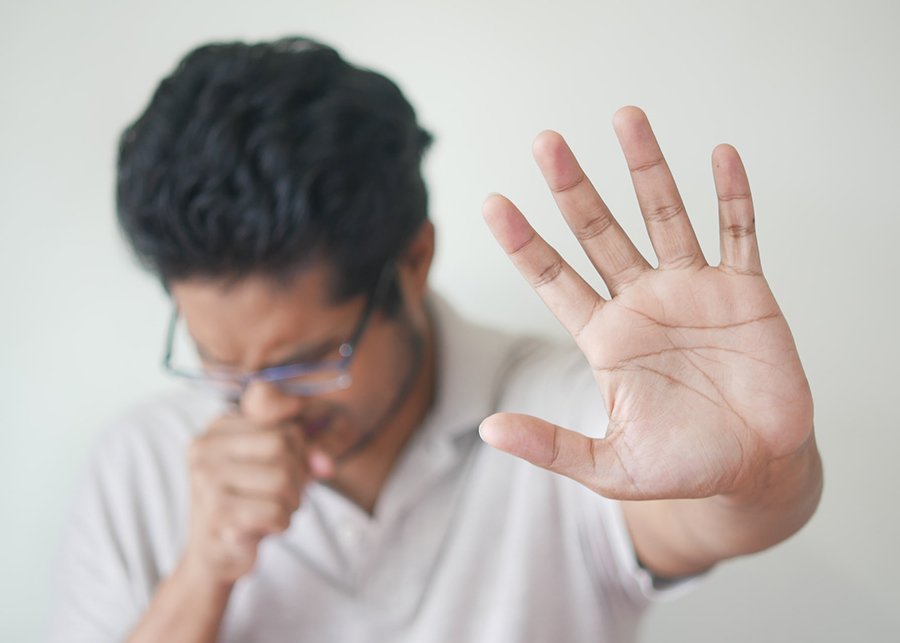What is worse than getting COVID-19? How about getting COVID-19 and the flu at the same time? That is precisely the concern that health professionals have as we head into this year’s flu season: communities getting hit with both viruses at the same time, a problem called “co-circulation.”
“COVID-19 and influenza are both respiratory viruses that are highly transmissible,” says Ashesh Gandhi, PharmD, Regional Head of Medical Affairs, Americas, at CSL Seqirus. “And with COVID-19 mitigation measures being lifted (for example mask mandates, social distancing, and more indoor activity), there is the increased risk of people getting COVID-19 as well as influenza. If someone contracts both COVID-19 and influenza, there is potentially increased risk of hospital visits and outpatient visits, both of which could overwhelm an already strained healthcare system. That’s why it is important for people to get vaccinated with both COVID-19 and flu vaccines.”
Australia predicts a tough flu season
“What we saw in the southern hemisphere—in Australia, as well as other countries—was that Influenza A was the predominant circulation, which is a highly communicable variant,” says Gandhi. Having just gone through winter, the southern hemisphere had 2022’s first flu season. “It’s still early to tell which influenza strain will be the predominant one in the northern hemisphere, but typically, what happens in the southern hemisphere is a predictor of what may happen in the northern hemisphere as well.”
Similarly, while COVID-19 variants are typically becoming less deadly, they are becoming more communicable. Coupled with a highly contagious flu variant, co-circulation is a real possibility. At worst, co-circulation could cause severe illness and increased mortality, especially in elderly patients. Co-circulation also threatens to strain already exhausted hospitals and clinics, putting the safety of every patient at risk.
The solution is easy—get vaccinated
Now is the time to get vaccinated. “Flu season typically peaks between December to March,” explains Gandhi, “and what the CDC recommends is that every individual six months and older get vaccinated in the months of September and October. However, vaccination should continue throughout the season, as long as influenza viruses are circulating.”
And as we move from a COVID-19 pandemic to endemic, COVID-19 vaccinations are becoming as routine as the annual flu vaccination campaign. Both vaccines are easily accessible and typically free, and they can be administered at the same time—though if you react strongly to the COVID or flu vaccine, you should consider getting your vaccinations at two different times.
In fact, as this author found while writing this article, you can easily schedule your vaccinations for both COVID-19 and the flu by visiting https://www.vaccines.gov/. Signing up takes about five minutes, and you can often schedule an appointment on the same day, depending on your location. A short visit to your local pharmacist will keep you healthy, local healthcare facilities running effectively, and could even save a life.




